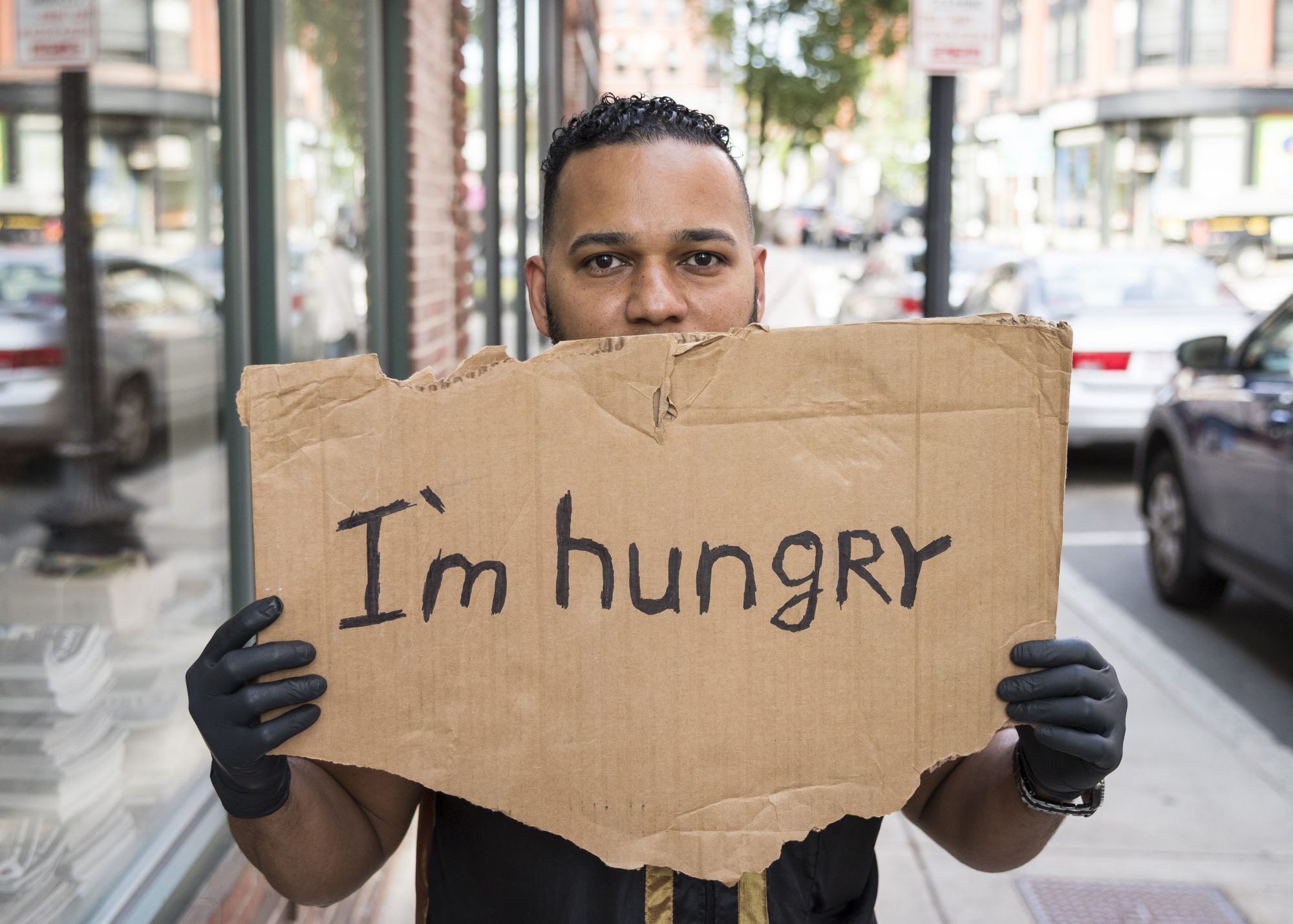The words on the hastily-lettered piece of cardboard read, “I’m hungry,” but the people holding the sign span the spectrum of American society. For young and old, someone living in a wealthy community or a poor one, city dweller or small town resident, hunger is a reality and the Item dug into the problem to portray hunger’s faces and stories.
The six-part series that debuted Monday in the Item and on itemlive.com reveals how hunger knows no bounds and requires painful and gut-wrenching decisions on the part of people afflicted by it.
A Marblehead woman living in town public housing wants her teenage son to fit into school so she relies on the local pantry for food so she can buy him things his friends view as a given.
College students, working families, homeless families, undocumented residents all find different ways to make ends meet, cut back on expenses, and seek out help to supplement food budgets.
Seniors rely on meal delivery programs while families with school-age children wonder how they will feed their children when schools — and the meal programs they offer — close for the summer.
Hunger is real in America, in Massachusetts and in Lynn and neighboring communities. One of the challenges facing people who are hungry is the grocery gap. The Item’s reporting revealed that places where people can buy food aren’t always conveniently located for people who are financially limited in their transportation options.
PriceRite in Revere is one of the least expensive food stores in the region but its Squire Road location means a bus trip, maybe two, for people who don’t own cars. More conveniently-located small stores often charge more for basic food items than big grocery stores.
Just as transportation limitations influence food shopping decisions, food insecurity is tied to income insecurity. The Item’s reporting found that a surprisingly high percentage of people in even wealthier area communities pay more than 35 percent of their income to rent, leaving a limited amount of money for food and other expenses.
Hunger, the Item discovered, is also a part of college life with one student revealing, “I am hungry much of the time.” To combat this reality and others, colleges and public schools work to get people fed and doctors direct people experiencing food insecurity to pantries and other food sources.
Perhaps the most frustrating paradox of hunger in America is the phenomenon of food waste even as people go hungry. The Item examined how much food is thrown away locally by households, restaurants, grocery stores, institutions like schools. It also examined code regulations and laws blocking people from donating food to help reduce hunger.
The Item will conclude its reporting on hunger with an extensive look at proactive efforts to limit or end hunger demonstrated by a diverse range of organizations. The series also pinpoints ways individuals can contribute food, money and time to help hungry neighbors, classmates, friends and fellow community members, including a list of organizations accepting donations.

